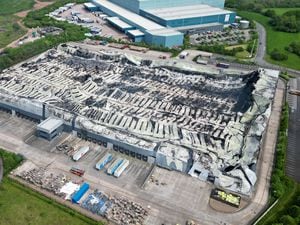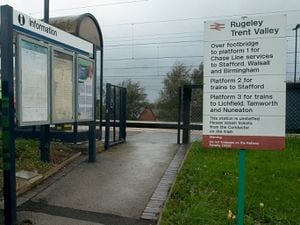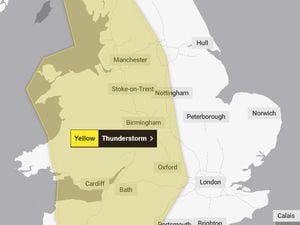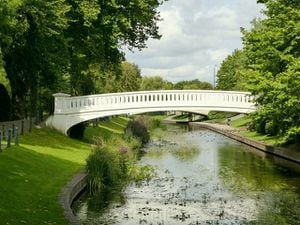End of an era for mining memories society
You had to enjoy life down the pit, says Alan Dean.

"If you went down and didn't enjoy it, you would never go down again," says the retired miner.
"Every day was a battle against nature. People think we went down the pit and got big bonuses, but it wasn't like that."
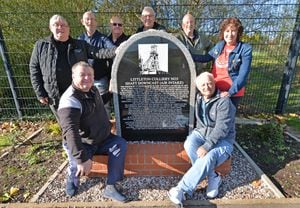
Alan, is chairman and a founder member of Cannock Chase Mining Historical Society, which has seen the publication of 18 books about the coalfield since it was formed in 2002. Now, after 20 years, he is calling it a day, and the society will be wound up at the end of this year.
The society was formed at a meeting at the Museum of the Cannock Chase, when the late Mick Drury issued an appeal for former miners to help him with a book about the region's mining heritage. So good was the response that it was decided a single book would not do it justice, and a society was formed that would produce what has been described as the most comprehensive record mining history ever published.
Trevor Matthews, who wrote a book about the Hilton Main and Holly Bank collieries as part of the collection, says the society's combined work totals some 1,750 pages in all formats.
"The National Mining Museum in Yorkshire, and Mining Records in Mansfield, have acclaimed it as the best history of any coalfield ever," says Trevor, who lives in Claverley.
He adds that none of it would have been possible without the dedicated efforts of Mick Lucas, who edited the entire production.
"Mick Lucas was utterly indispensable," says Trevor.
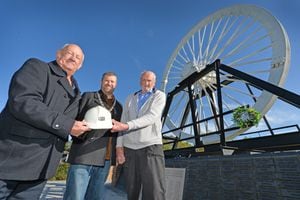
"He not only edited all 18 publications, each of which usually required five drafts, but also provided numerous maps and illustrations.
"This monumental task took from 2004 to 2017, and without him this highly acclaimed, tremendous work would not have been published. We owe him a great debt of gratitude."
Now 90, Trevor began his career as a graduate trainee at Hilton Main colliery, Essington, in 1951, working his way up to eventually become assistant manager of Littleton Colliery, before retiring in 1987.
Alan, of Heath Hayes, Cannock, starting as an apprentice at West Cannock, later moving to Littleton where he remained right up until its closure at the end of 1993.
Now 73 himself, he says the march of time has seen the society's active membership dwindle in recent years, and the time is now right to call it a day.
"It has got to the point where it just myself and my wife Margaret who are doing anything," he says.
"We have lost many retired miners in recent years, and many don't want to go out at night.
"We stopped holding meetings due to Covid, and we stopped charging membership fees."
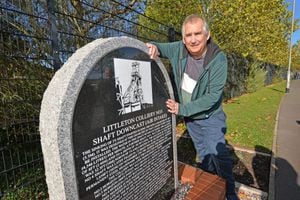
Alan believes the society has now largely achieved its main objective, which was to preserve Cannock Chase's mining heritage for future generations.
Aside from the books, another major project was to install signs marking where the shafts once lay.
"When we finished the books, about 2010, we started putting up some marker posts to show where the pits had been," says Alan.
"At Cannock Wood we put one up, and also at Brereton, where the pay office is still there.
"We put two on Green Heath Common, we also put them at Coppice Colliery in Newland Lane, and at East Cannock, West Cannock, The Grove Colliery, and two at Littleton."
A separate initiative, by a group of former miners from Littleton Colliery, saw £15,000 raised to erect 'shaft markers', gravestone-like monuments to reminding people where shafts two and three once lay. Today, Littleton Green Community School occupies the site where the shafts once lay, and the marker for No. 2 shaft is located in what is now the school drive. No. 3 shaft was actually located below what is now the school playing fields, but the shaft marker is some 38 yards away, outside school railings in Colliers Way.
These monuments compliment some of the other mining memorials around the coalfield installed by other groups, most notably the giant statue of the miner at Brownhills, and the memorial garden off the A34 at Littleton. Three years ago, one of the winding wheels was returned to the former colliery to form the centrepiece of the new memorial garden honouring local war heroes and former pit workers. Huntington Parish Council contributed £115,000 to the project.
Other monuments to the area's mining past include the coal-truck statue at Hilton Main, the four statues of miners at Rugeley's Globe Island and at the end of High Street, Brownhills.
Trevor adds that many of the old surface buildings at Cannock Wood are still occupied by various businesses, while arriving up the drive of Cannock No. 5 pit, all but the old canteen building survive.
"Virtually all the original colliery curtilage at Hilton Main is now occupied by the large Hilton Main Industrial Estate, as the colliery is commemorated in the title," he says.
*An article about Trevor Matthews printed on September 12 incorrectly described his first mining job, in 1951, as a coal-cutter at Littleton Colliery, when he actually began as a trainee at Hilton Main. We apologise for the error.

